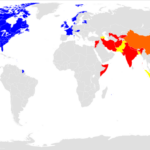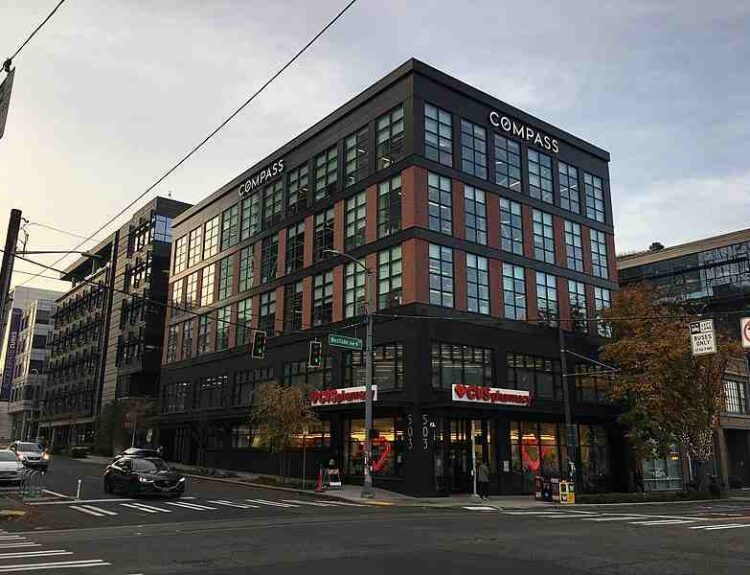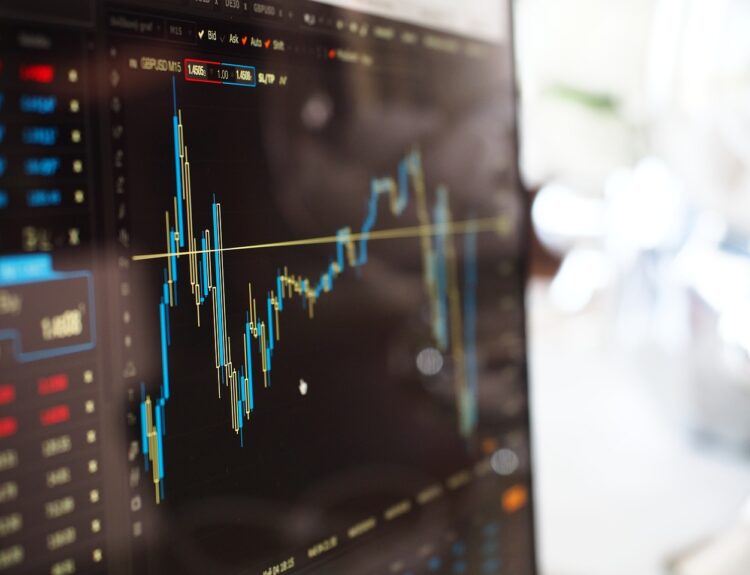AI technology helps retailers predict demand and repair supply chains
- Retailers are using AI technology to predict shopper demand and repair supply chains
- AI tools take into account factors like weather patterns and social media trends
- Efforts are aimed at matching supply and demand more effectively
- Retailers are holding large inventories due to inventory imbalances
- Forecasting demand is crucial for profitability
- Changing shopping habits make it harder for retailers to determine where to place inventory
- Advances in AI and machine learning have made it easier to incorporate data in forecasting
- Retailers like Walmart, Walgreens, and ASOS are using AI for demand forecasting
- AI technology helps retailers position inventory close to expected demand
- AI tools consider factors like weather forecasts and social media trends
- AI-driven forecasting models help retailers make better decisions on inventory placement
Retailers are increasingly using artificial intelligence (AI) technology to predict shopper demand and repair supply chains that were disrupted by volatile consumer buying patterns during the pandemic. Companies like Walmart, Walgreens, and ASOS are rolling out sophisticated AI tools that take into account factors such as weather patterns and social media trends to evaluate large sets of data and guide decisions on inventory placement. This shift is aimed at refining retailers’ traditional practice of using historical sales information to predict consumer demand and stock their shelves with the right items at the right time. The pandemic has highlighted the limitations of relying solely on past sales data, as consumer behavior rapidly changed. Retailers are now trying to better match supply and demand to avoid costly inventory imbalances. AI technology not only helps forecast demand more accurately but also considers changing shopping habits, such as the rise of online shopping and the need for fast fulfillment. By incorporating factors like weather forecasts and social media trends, retailers can position their inventory close to expected demand and ensure efficient movement of goods. Walmart, for example, uses AI to analyze weather forecasts and search data to determine regional demand for specific products. Walgreens uses AI to forecast demand based on social media data and seasonal illness reports. ASOS uses AI for demand forecasting, training its model on past sales, returns data, and product popularity. These AI-driven forecasting models provide retailers with more accurate and granular forecasts, helping them make better decisions on inventory placement.
Public Companies: Walmart (WMT), Walgreens (WBA), ASOS (ASC)
Private Companies:
Key People: Kristin Howell (Global Vice President of the Retail Industry Business Unit at SAP), Chakri Gottemukkala (Chief Executive of o9 Solutions), Parvez Musani (Senior Vice President of End-to-End Fulfillment at Walmart), Rajnish Kapur (Chief Sourcing and Supply Chain Officer at Walgreens)
Factuality Level: 8
Justification: The article provides information about how retailers are using artificial intelligence technology to predict shopper demand and improve supply chains. It includes quotes from industry experts and examples of how companies like Walmart, Walgreens, and ASOS are implementing these technologies. The information is supported by data and real-world examples, making it credible and factual.
Noise Level: 8
Justification: The article provides a detailed analysis of how retailers are using artificial intelligence technology to predict shopper demand and improve supply chains. It discusses the challenges faced by retailers during the pandemic and how AI can help in better matching supply and demand. The article also mentions specific examples of retailers like Walmart, Walgreens, and ASOS using AI technology. It provides insights into the factors considered in demand forecasting, such as weather patterns and social media trends. Overall, the article stays on topic, supports its claims with examples, and provides actionable insights for retailers.
Financial Relevance: Yes
Financial Markets Impacted: Retail companies such as Walmart, Walgreens, and ASOS are using artificial intelligence technology to predict shopper demand and improve supply chains.
Presence of Extreme Event: No
Nature of Extreme Event: No
Impact Rating of the Extreme Event: No
Justification: The article discusses the use of artificial intelligence technology by retailers to predict shopper demand and improve supply chains. While there is no mention of any extreme events, the topic is relevant to financial markets as it pertains to the operations and strategies of retail companies.
 www.wsj.com
www.wsj.com 





